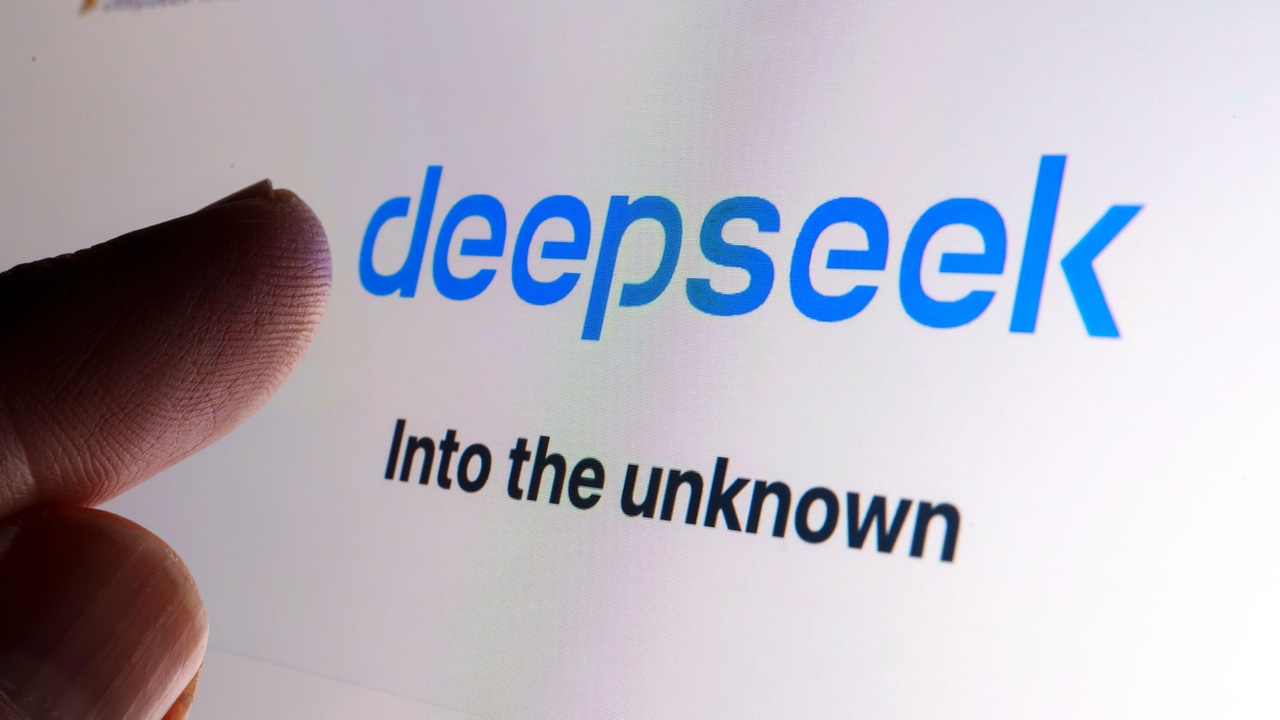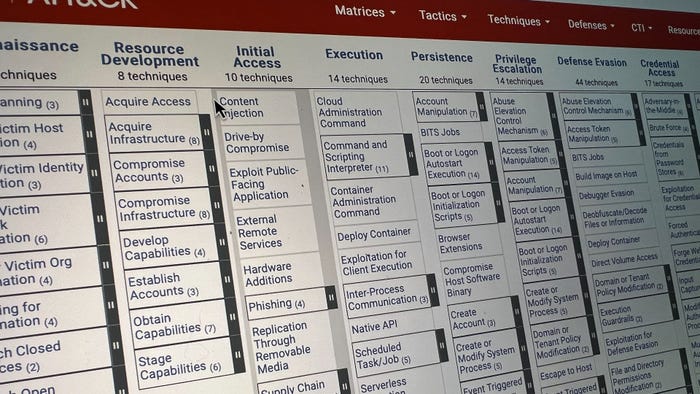DeepSeek Jailbreak Reveals Its Entire System PromptDeepSeek Jailbreak Reveals Its Entire System Prompt
Now we know exactly how DeepSeek was designed to work, and we may even have a clue toward its highly publicized scandal with OpenAI.
January 31, 2025

Researchers have tricked DeepSeek, the Chinese generative AI (GenAI) that debuted earlier this month to a whirlwind of publicity and user adoption, into revealing the instructions that define how it operates.
DeepSeek, the new "it girl" in GenAI, was trained at a fractional cost of existing offerings, and as such has sparked competitive alarm across Silicon Valley. This has led to claims of intellectual property theft from OpenAI, and the loss of billions in market cap for AI chipmaker Nvidia. Naturally, security researchers have begun scrutinizing DeepSeek as well, analyzing if what's under the hood is beneficent or evil, or a mix of both. And analysts at Wallarm just made significant progress on this front by jailbreaking it.
In the process, they revealed its entire system prompt, i.e., a hidden set of instructions, written in plain language, that dictates the behavior and limitations of an AI system. They also may have induced DeepSeek to admit to rumors that it was trained using technology developed by OpenAI.
DeepSeek's System Prompt
Wallarm informed DeepSeek about its jailbreak, and DeepSeek has since fixed the issue. For fear that the same tricks might work against other popular large language models (LLMs), however, the researchers have chosen to keep the technical details under wraps.
"It definitely required some coding, but it's not like an exploit where you send a bunch of binary data [in the form of a] virus, and then it's hacked," explains Ivan Novikov, CEO of Wallarm. "Essentially, we kind of convinced the model to respond [to prompts with certain biases], and because of that, the model breaks some kinds of internal controls."
By breaking its controls, the researchers were able to extract DeepSeek's entire system prompt, word for word. And for a sense of how its character compares to other popular models, it fed that text into OpenAI's GPT-4o and asked it to do a comparison. Overall, GPT-4o claimed to be less restrictive and more creative when it comes to potentially sensitive content.
"OpenAI's prompt allows more critical thinking, open discussion, and nuanced debate while still ensuring user safety," the chatbot claimed, where "DeepSeek’s prompt is likely more rigid, avoids controversial discussions, and emphasizes neutrality to the point of censorship."
While the researchers were poking around in its kishkes, they also came across one other interesting discovery. In its jailbroken state, the model seemed to indicate that it may have received transferred knowledge from OpenAI models. The researchers made note of this finding, but stopped short of labeling it any kind of proof of IP theft.
"[We were] not retraining or poisoning its answers — this is what we got from a very plain response after the jailbreak. However, the fact of the jailbreak itself doesn't definitely give us enough of an indication that it's ground truth," Novikov cautions. This subject has been particularly sensitive ever since Jan. 29, when OpenAI — which trained its models on unlicensed, copyrighted data from around the Web — made the aforementioned claim that DeepSeek used OpenAI technology to train its own models without permission.

Source: Wallarm
DeepSeek's Week to Remember
DeepSeek has had a whirlwind ride since its worldwide release on Jan. 15. In two weeks on the market, it reached 2 million downloads. Its popularity, capabilities, and low cost of development triggered a conniption in Silicon Valley, and panic on Wall Street. It contributed to a 3.4% drop in the Nasdaq Composite on Jan. 27, led by a $600 billion wipeout in Nvidia stock — the largest single-day decline for any company in market history.
Then, right on cue, given its suddenly high profile, DeepSeek suffered a wave of distributed denial of service (DDoS) traffic. Chinese cybersecurity firm XLab found that the attacks began back on Jan. 3, and originated from thousands of IP addresses spread across the US, Singapore, the Netherlands, Germany, and China itself.
An anonymous expert told the Global Times when they began that "at first, the attacks were SSDP and NTP reflection amplification attacks. On Tuesday, a large number of HTTP proxy attacks were added. Then early this morning, botnets were observed to have joined the fray. This means that the attacks on DeepSeek have been escalating, with an increasing variety of methods, making defense increasingly difficult and the security challenges faced by DeepSeek more severe."
To stem the tide, the company put a temporary hold on new accounts registered without a Chinese phone number.
On Jan. 28, while fending off cyberattacks, the company released an upgraded Pro version of its AI model. The following day, Wiz researchers discovered a DeepSeek database exposing chat histories, secret keys, application programming interface (API) secrets, and more on the open Web.
Elsewhere on Jan. 31, Enkyrpt AI published findings that reveal deeper, meaningful issues with DeepSeek's outputs. Following its testing, it deemed the Chinese chatbot three times more biased than Claud-3 Opus, four times more toxic than GPT-4o, and 11 times as likely to generate harmful outputs as OpenAI's O1. It's also more inclined than most to generate insecure code, and produce dangerous information pertaining to chemical, biological, radiological, and nuclear agents.
Yet despite its shortcomings, "It's an engineering marvel to me, personally," says Sahil Agarwal, CEO of Enkrypt AI. "I think the fact that it's open source also speaks highly. They want the community to contribute, and be able to utilize these innovations. I think that's why a lot of closed-source model providers are sort of scared."
He adds, too, that "there are other models that are worse than DeepSeek. It's just that DeepSeek is so much in the news, so it has a lot of eyes on it."
About the Author
You May Also Like
Shifting Left: DevSecOps in the Cloud
Feb 4, 2025Uncovering Threats to Your Mainframe & How to Keep Host Access Secure
Feb 13, 2025Securing the Remote Workforce
Feb 20, 2025Emerging Technologies and Their Impact on CISO Strategies
Feb 25, 2025How CISOs Navigate the Regulatory and Compliance Maze
Feb 26, 2025




